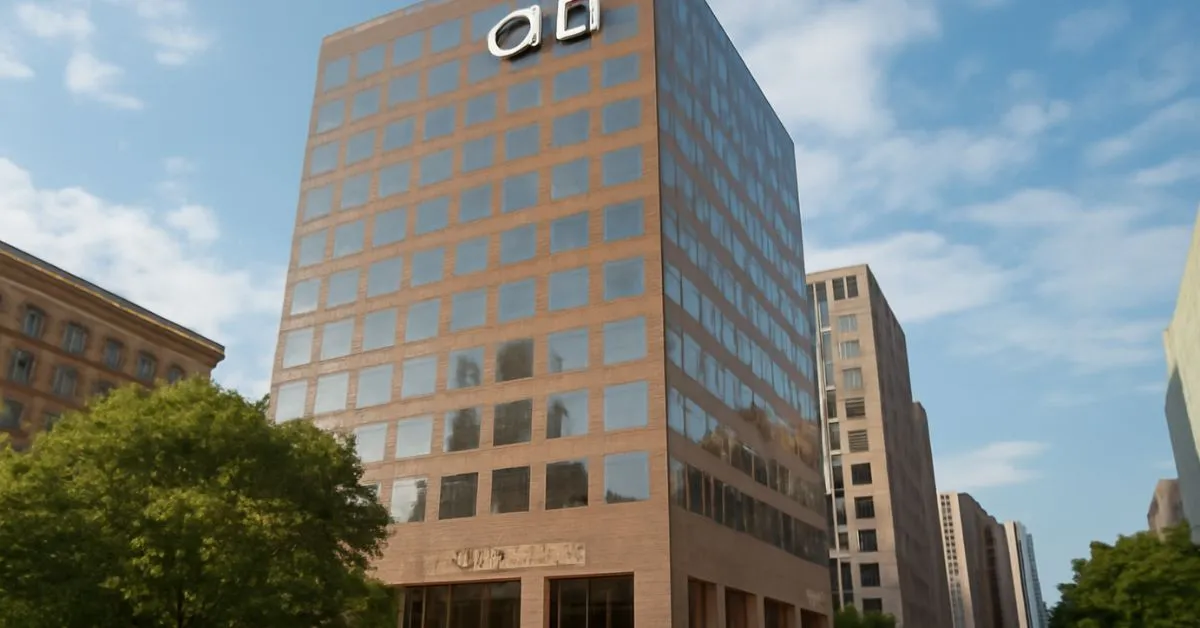Business
388 Greenwich Street: NYC’s Hidden Finance Giant

When you’re strolling through Tribeca, and there it is—a massive tower that’s been part of New York’s skyline for decades. 388 Greenwich Street isn’t just any building; it’s Citigroup’s main hub, and it’s got a story that ties into how big companies are rethinking office spaces today. With all the talk about green buildings and work-life balance, this spot shows why these changes matter for folks like you and me, whether you’re in finance or just curious about the city.
Why chat about 388 Greenwich Street now? Well, in 2025, offices are bouncing back from remote work slumps, and places like this are leading the way with smart upgrades. You’ll pick up on its past, what makes it tick, and tips for checking it out yourself. Ever wondered how a single building can handle floods, fancy signs, and thousands of workers? Stick around.
A couple of quick terms: LEED Platinum means it’s super energy-smart, saving on bills and the planet. WELL Platinum is all about making the inside feel good for people, like better air and light to keep everyone healthy.
Background and History
Let’s go back to the ’80s when New York was shaking off tough times. 388 Greenwich Street started construction in 1986 and opened its doors in 1988 as Shearson Lehman Plaza. The folks at Kohn Pedersen Fox dreamed it up, and it quickly became a spot for big finance players.
Things changed fast with company mergers. In 1993, Travelers Group took over, slapping their name on it and adding that famous red umbrella sign in 1997—it was huge, 50 feet across, lighting up the night. Then came the 1998 Citicorp mash-up, turning it into Citigroup’s home base. Ownership flipped too: Sold off in 2007 for a whopping $1.58 billion to SL Green and others, but Citi bought it back in 2016 for $2 billion to keep things under one roof.
Think about 9/11— the courtyard at 388 Greenwich Street turned into a help center for rescuers. Or the 2008 crash that pushed the sale. These moments show how the building’s bounced through crises, much like the city itself.
Core Concepts and Principles
At its heart, 388 Greenwich Street is about smart office setup. Stuff like double-deck elevators—think two floors per stop—cut down on waiting around. The outside mixes glass and stone in a postmodern vibe, which basically means it nods to old styles while feeling fresh.
They use guides like LEED to check things like water savings and clean air. WELL focuses on people, adding plants and better lighting to make days less stressful. It’s not rocket science; it’s just planning spaces that work for real life.
Take your average workday: These ideas mean fewer sick days and happier teams. For Citigroup, with 2.7 million square feet to play with, it helps blend old-school banking with today’s flexible vibes.
Current Trends and Impact
Fast-forward to 2025, and 388 Greenwich Street fits right into New York’s office comeback. Leasing jumped to 8.4 million square feet in the second quarter, and this place got a facelift from 2016 to 2019 with new glass walls to let in more light and save energy. It’s all about making work feel less like a grind.
Tech plays a big role, like sensors that tweak the air on the fly. After COVID, everyone’s into wellness, so hitting WELL Platinum in 2024—as the biggest one worldwide—makes sense. Citigroup calls the shots as the main renter, with help from designers like Gensler and SOM, plus developers like SL Green who handled the big buy-back.
Imagine a banker friend telling you how these changes cut their commute stress or boosted team chats. It’s shaping how finance folks operate, pushing other companies to step up.
Challenges and Controversies
No building’s perfect, especially one by the Hudson River. Flooding’s a real headache—storms like Sandy in 2012 showed how water can sneak in, and with sea levels creeping up, it’s something to watch. Some maps don’t even cover it right, leaving gaps in planning.
Looks-wise, people gripe about the tiny windows that make it feel boxy, and that old red umbrella sign? It bugged neighbors back in the day for being too flashy in a chill area like Tribeca. There’s chatter too about big corps owning prime spots, spiking prices and squeezing out locals.
But hey, fixes are out there. Beef up barriers against water, get community feedback on looks. New York’s updating flood maps, which could help spots like 388 Greenwich Street stay dry and neighbor-friendly.
Applications and Practical Implications
In action, 388 Greenwich Street is Citigroup‘s daily grind spot, packed with perks like a gym, eateries, doctor’s office, meeting rooms, kid care, and even a park outside. It’s like a mini city for workers. On a bigger scale, it shows how to merge old buildings into something modern, influencing Tribeca’s growth.
The upsides? Better health for staff means sticking around longer, and it pumps jobs into the economy. Downsides include tight security keeping outsiders out, or those flood worries jacking up fixes.
Pro tip: If you’re visiting, call ahead for access hacks—maybe join a public event in the park to peek without hassle.
The Future Outlook
Looking ahead, 388 Greenwich Street could ride the wave of better office markets. Experts say 68% see more cash flowing in 2025, opening doors for tweaks like shared workspaces. With Manhattan’s deals hitting $6.81 billion in the first half, flexible setups might pop up here.
New tech, like AI for energy tweaks, could make it even greener. Over time, it might set the bar for tough, people-first buildings, helping NYC handle weather woes and work shifts while keeping the economy humming.
What if hybrid work sticks? This place could lead by example, turning into a hub that’s as much about community as cubicles.
Case Studies or Real-Life Examples
Take Citigroup’s 2016 move—they snagged 388 Greenwich Street back for $2 billion when their lease was up. They teamed with SOM and Gensler to link the towers, adding glass for light and hitting LEED Platinum in 2020. By 2024, 900,000 square feet got WELL certified, focusing on fresh air and comfy spots.
From this, we learn planning pays off. It cut energy bills and made the space inviting, proving old buildings can refresh without starting over. Picture a team that hated dim offices now loving the views—small changes, big wins.
Another quick one: During Sandy, the building held up, but it sparked upgrades. Lesson? Prep early for nature’s curveballs.
Conclusion
Wrapping up, we’ve walked through 388 Greenwich Street’s wild ride—from ’80s birth to green makeover, tackling floods and trends along the way. It’s a reminder that buildings like this aren’t just steel and glass; they’re part of our city’s heartbeat.
Next time you’re in Tribeca, swing by and see for yourself. Or dig into more on sustainable spots—maybe even push your own workplace for similar perks. What do you think—ready to explore?
